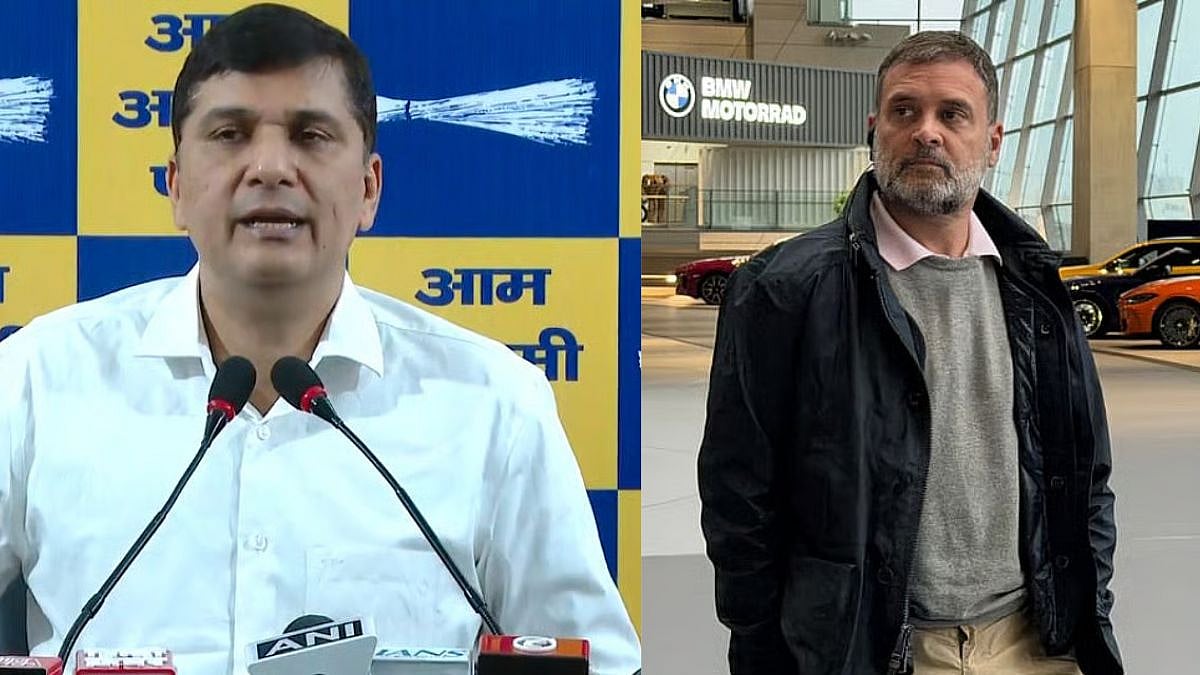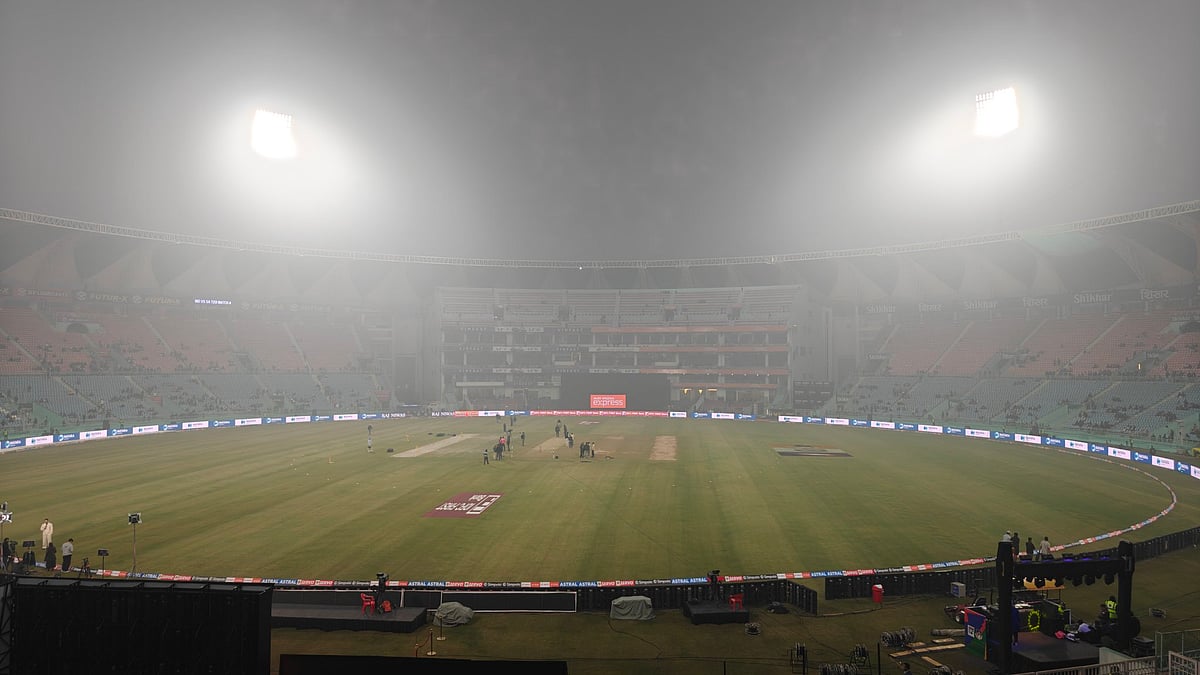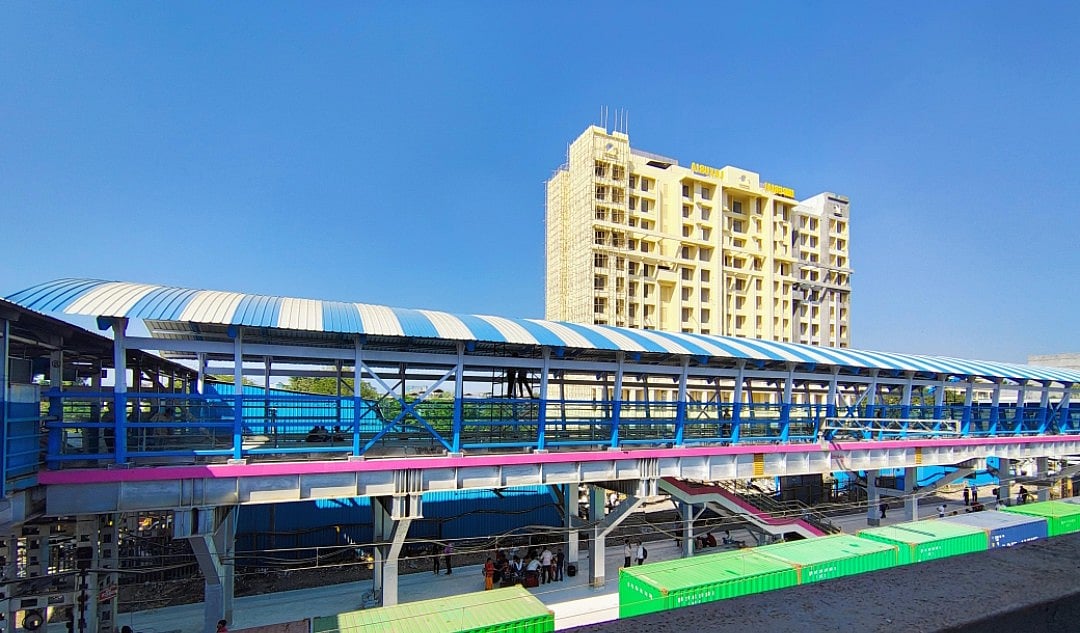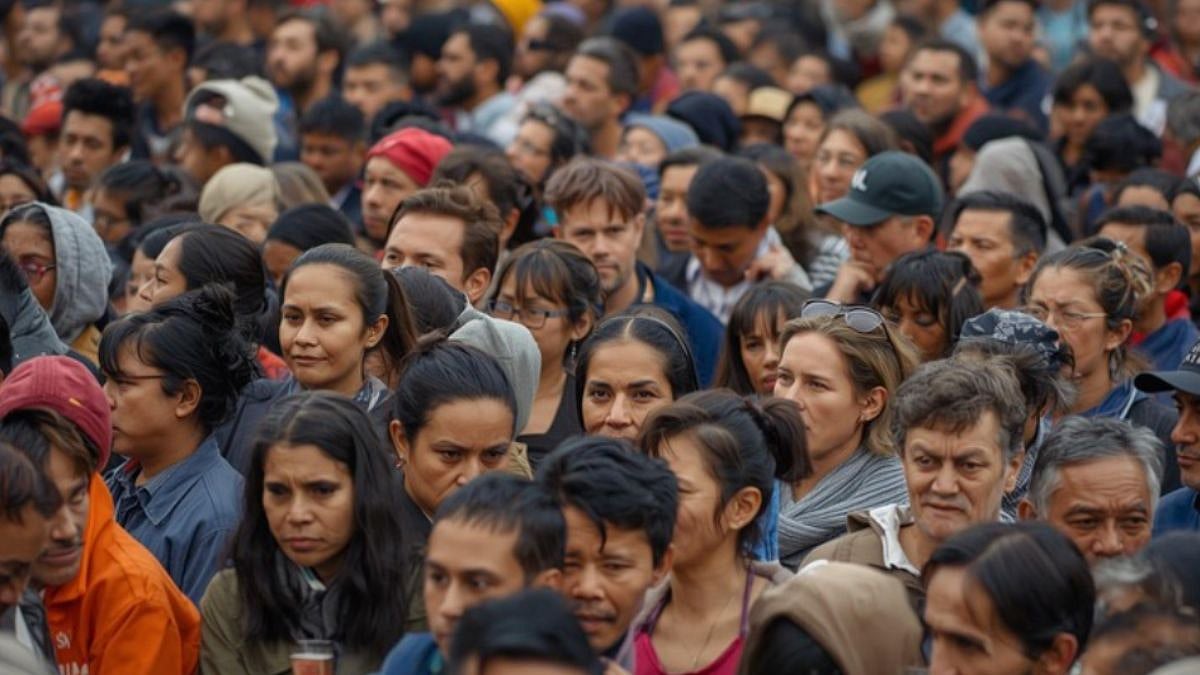China’s Xi Jinping is one world leader whom the indefatigable Narendra Modi has not been able to sweet-talk into cosy intimacy. Mr Xi is perfectly willing to overwhelm India with Chinese exports and partner Mr Modi in gainful (to China) enterprises, but a recent series of bilateral clashes recalls Ian Fleming's novel Goldfinger — “Once is happenstance. Twice is coincidence. The third time it’s enemy action.”
There have actually been four recent pinpricks in the uneasy truce between Asia’s giant nuclear-armed neighbours. At a time when India is trying to lure foreign investors away from COVID-19-stricken China, they rekindle memories of the brief, bitter Himalayan war of 1962 when China inflicted a humiliating defeat on India. The most recent – only last week – incident was ostensibly between India and its small landlocked northern neighbour, Nepal, but China might be behind it. The other three more directly concern India-China relations. Together, they could warn that Sino-Indian tensions may be hotting up.
Apart from the dispute over India’s north-eastern Arunachal Pradesh state, which China claims and calls “South Tibet”, present arguments concern responsibility for spreading coronavirus, safety equipment for treating the disease, trade, tariffs, information technology, China’s growing influence in Asia and Africa, its so-called Silk Road project, abetment of Pakistan which often seems inimical to India, and cocking a snook at the United States. Ironically, the US pays out more to Beijing for imports than to the rest of the world even while Donald Trump bombards China with accusations and threats.
Even cooperation in the face of the deadly pandemic prompts acrimony. India recently junked 50,000 out of 1,70,000 Personal Protective Equipment test kits from China because they failed the required safety checks at the Defence Research and Development Organisation laboratory in Gwalior. The Chinese retorted the kits had been found to be in order in China. If they failed in India, it was because they were manhandled by inexperienced personnel.
Although last week’s contretemps over the new road for Kailash Mansarovar pilgrims is strictly speaking not a Sino-Indian issue, it is difficult to avoid the suspicion that the Chinese are egging on little Nepal to stand on its rights against India. Prithvinarayan Shah, the founder of the erstwhile Nepalese kingdom, famously compared Nepal with a yam between two boulders that had to avoid being crushed by either.
Kathmandu’s protest over the road coincided with another incident hundreds of miles to the west when reports of Chinese military helicopters flying close to Indian territory sent Indian fighter planes to Ladakh where the Chinese long ago clandestinely built a strategic road through the Aksai Chin plateau. The India-China border, which includes the 3,488-km Line of Actual Control, is physically difficult, heavily guarded and inaccessible to civilians. News of whatever happens there is released only by official (read military) sources. In China this refers to all news. But since India is similarly guarded only when national security is concerned, the question of the motive for going public inevitably arises. Significantly, Beijing haven’t said anything. But New Delhi seems anxious to draw attention to Chinese assertiveness at a time when China is already under attack elsewhere for bullying in the South China Sea, trade practices and the Wuhan germ.
Apart from the helicopters incident in Ladakh, Indian and Chinese troops have been engaged recently in two fierce confrontations in eastern Ladakh and near the 4,572-metre Nathu La, a pass in the north of Sikkim, the Himalayan kingdom bordering Bhutan, Nepal and China whose 1975 absorption by India was never wholly acceptable to the Chinese. Nathu La was the traditional trade route for Tibet. At least 10 soldiers sustained injuries when nearly 150 Indian and Chinese military personnel were involved in fisticuffs near the crossing.
In the other incident, some 200 Indian and Chinese army personnel clashed along the northern bank of the Pangong Lake in eastern Ladakh on May 5. The brawl ended next morning following a dialogue between the two sides. A number of soldiers on both sides sustained minor injuries in the brawl as they exchanged punches and resorted to stone-pelting. Both sides brought in additional troops following the fracas.
However, there has been nothing comparable to the 73-day standoff in 2017 between Indian and Chinese troops at Doklam at the India, Bhutan and Tibet trijunction. Doklam is claimed by both China and India's close ally, Bhutan. On 18 June 2017, as part of Operation Juniper, about 270 Indian troops armed with weapons and two bulldozers crossed the Sikkim border into Doklam to stop the Chinese from extending an existing road further south towards the Bhutan army camp at a place called Zornpelri near the Jampheri Ridge, 2 km to the south. Had the road been built, it would have enabled Chinese troops to approach very close to what is called the Chicken’s Neck, the narrow strategic corridor in West Bengal, just north of the Bangladesh border, linking mainland India with its north-east. Everyone heaved a tremendous sigh of relief when following some confusing and contradictory statements, both India and China announced on 28 August, that they had withdrawn all their troops from the face-off site in Doklam.
This time round it’s an Indian road that seems to be the problem. Nepal’s foreign ministry protested a day after India’s defence minister, Rajnath Singh, inaugurated the link road through Lipulekh pass. Asking India “to refrain from carrying out any activity inside its territory” the Nepalese statement said, “This unilateral act runs against the understanding reached between the two countries including at the level of prime ministers that a solution to boundary issues would be sought through negotiation.” In a separate statement, the ruling Nepal Communist Party accused India of undermining Nepal’s sovereignty. New Delhi retorted that the road "lies completely within the territory of India".
Controlled by India’s border security forces, the Lipulekh pass is one of several highly strategic areas (Limpiyadhura and Kalapani are two others) that Kathmandu claims although Indian troops have policed them since the 1962 Sino-Indian war. Kathmandu also objected in 2015 when the Lipulekh Pass was included without Nepal’s consent in an agreement between India and China as a bilateral trade route.
There can be no quick or simple resolution of basic differences between India and China. Nor can either country be so mindful of current global sensibilities as to risk another war. It will be all the more interesting therefore to see how the present friction shapes and the political use to which these incidents are put. It is bound to be a game of astute brinkmanship.
The writer is the author of several books and a regular media columnist.









